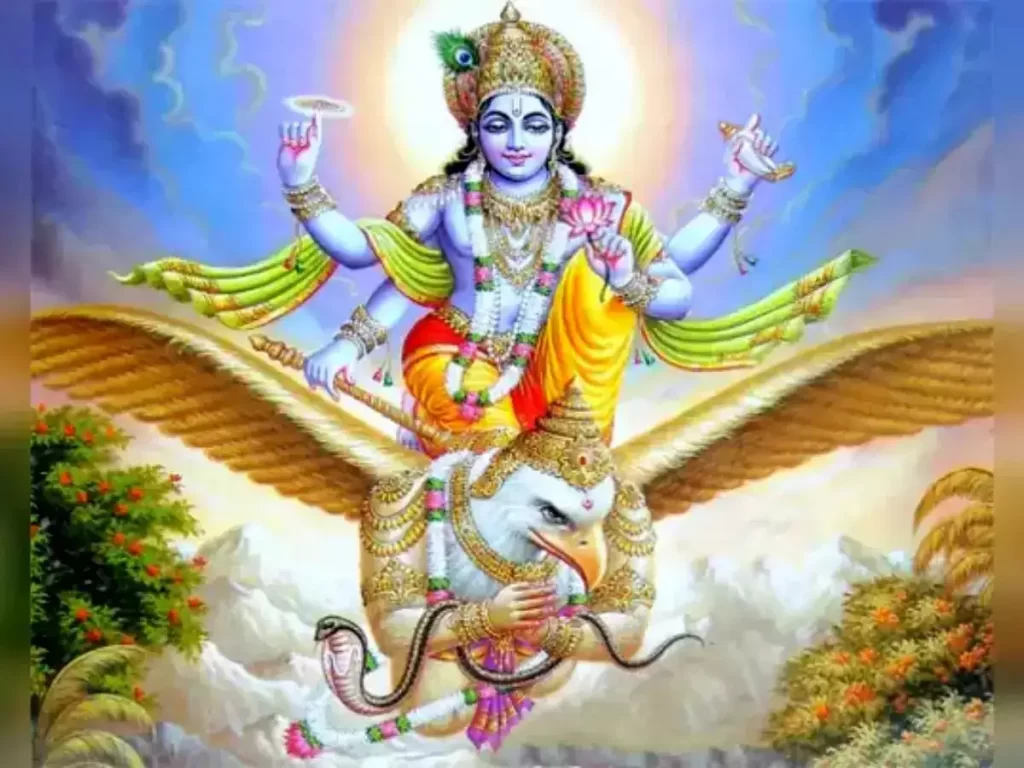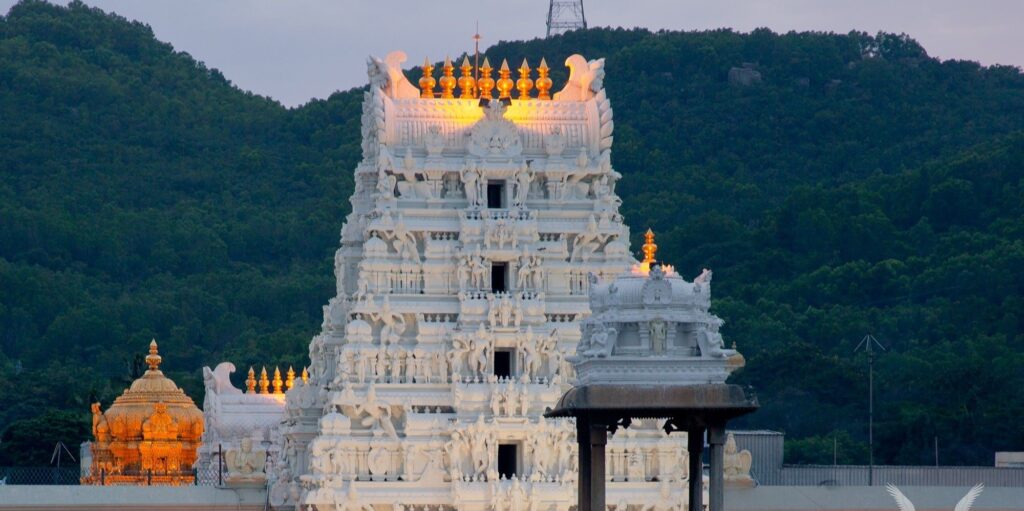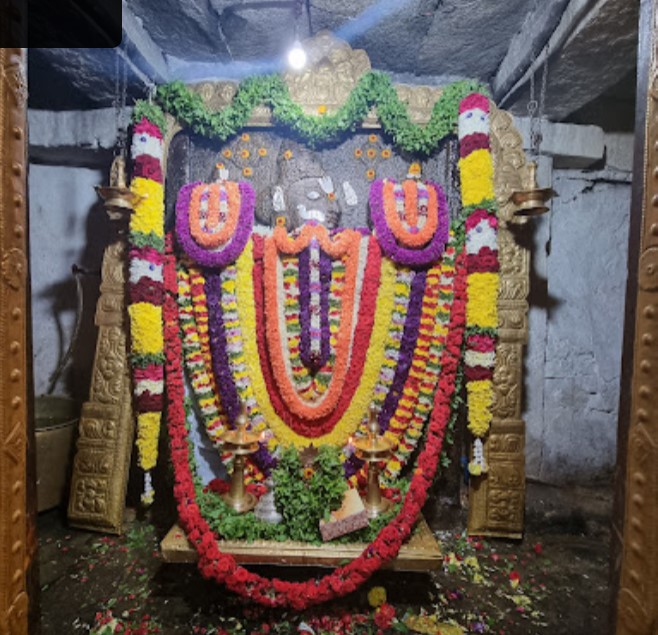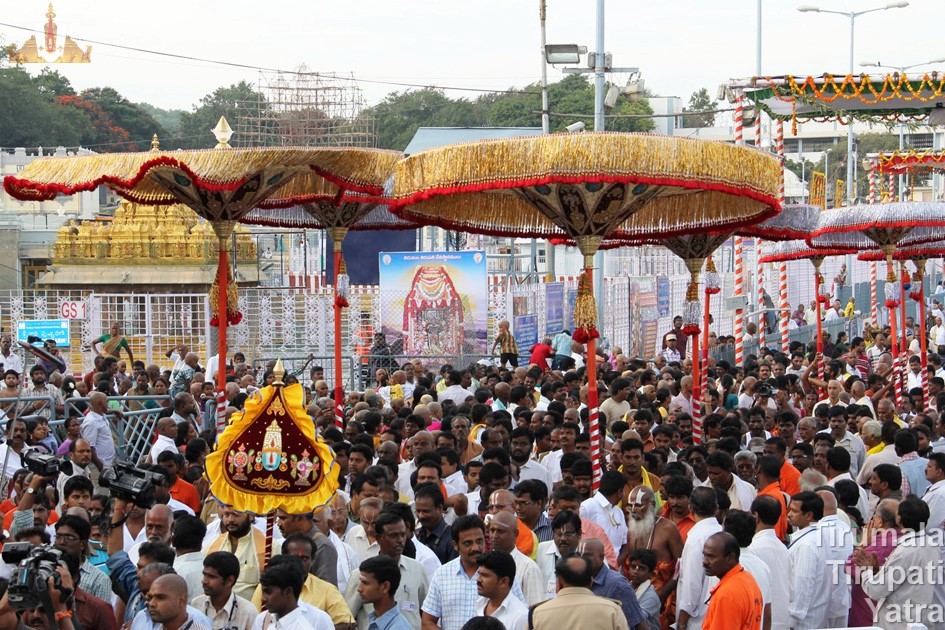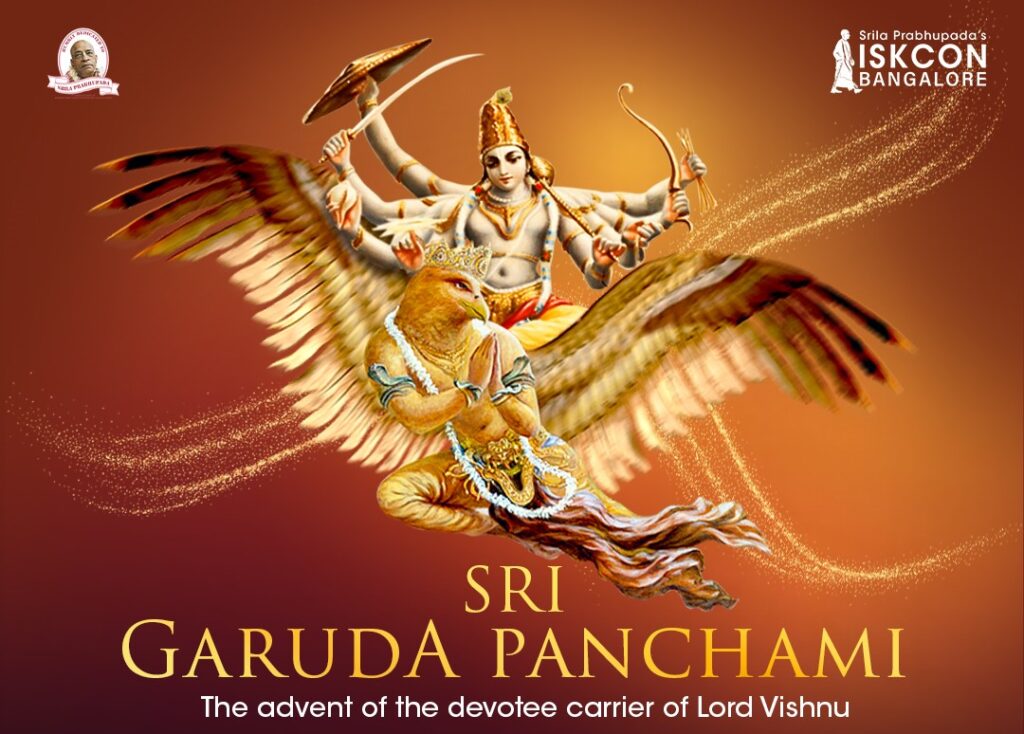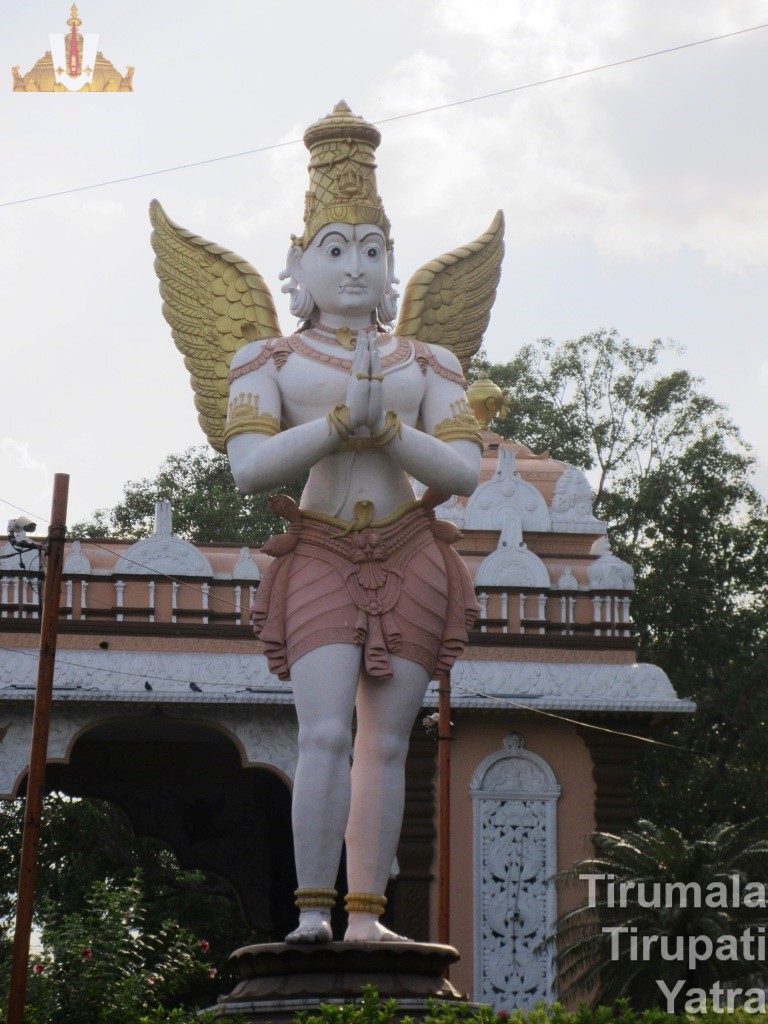Article by Smt. D.K. Ahana Lakshmi Garuda – Pakshiraja Garuda is described as Pakshiraja, the king of Birds. All of us recognize him as the vahana or mount of Lord Vishnu. When you enter a Vishnu temple, there is an image or icon of Garuda at the entrance. He is celebrated as ‘Periya Thiruvadi’ just Read More
Tag: Garuda
Garuda is described as Pakshiraja, the king of Birds. All of us recognize him as the vahana or mount of Lord Vishnu
Ramulavari Meda (Rama’s Abode) – Tirupati Balaji Temple
Ramulavari Meda / Rama’s Abode As soon as you cross Snapana Mandapam there is a narrow 12″ x 10″ passage. This is known as Ramulavari Meda. Before 1262-65 A.D. the researchers believe that this was not there. They believe that this was a part of the present Vaikunta Pradakshina path. To enter Ramulavari Meda from Read More
Sri Garuda Swami Temple – Koladevi
Sri Garuda Swami Temple Many animals and birds are worshipped as the vahanas of many deities. In Vishnu temples, we worship Garuda along with two lions which are installed on the gopuras, vimanas, and on the four corners of the outer wall which represent the prominent members of animal and bird kingdoms. Lord Krishna identified Read More
Making of Umbrellas for Garuda Seva
Making of Umbrellas The celebration of offering umbrellas on the day of Garudotsavam has been in practice for over 180 years. This worship was started by Sri Venkata Krishnamma Setty. It has been in practice traditionally for a long time. For the preparation of umbrellas, nearly a month’s duration is required. Usually, before two months, Read More
Garuda Panchami
Garuda Panchami in Tirumala temple On the day of Garuda Panchami, special worshiping is being conducted for Garuthmantha, who has an inseparable relationship with Tirumala Hills. In the evening, Sri Malayappa Swamy is taken out in a procession on Garuda Vahana around four Mada Streets. GARUDA PANCHAMI VRATAM According to saying “Vedamaya Vihangeswaraha” Garuthmantha is said Read More
Garuda – Vehicle of Sri Maha Vishnu
Garuda – Huge Idol In Alipiri, on the way to Tirumala, we find the huge Statue of Garuthmantha in all his majesty. It is suggestive of “I am here to carry forward all your requisitions to Lord Srinivasa. Brahmotsavams and on Purnima Day Among all Vahana sevas performed to Sri Venkateswara Swamy, Garuda Seva Read More
